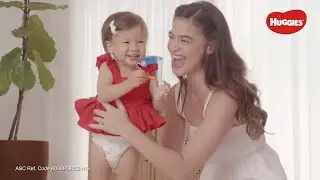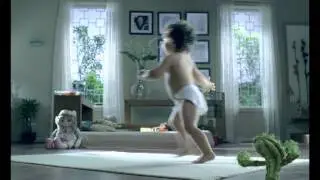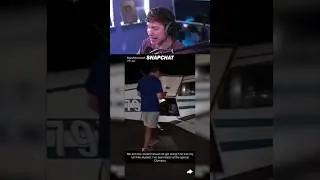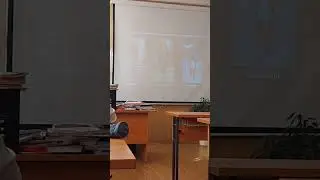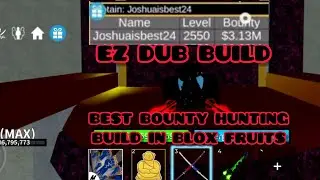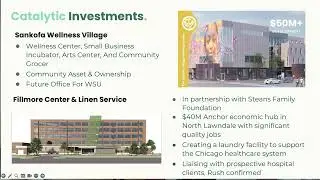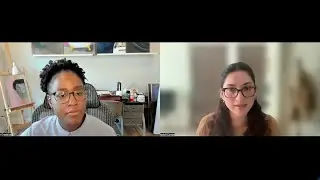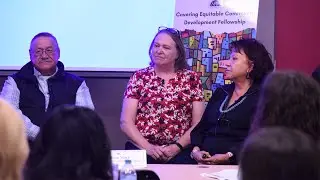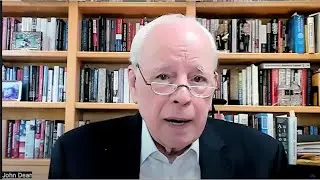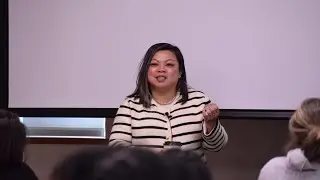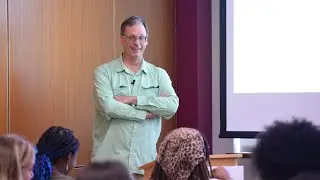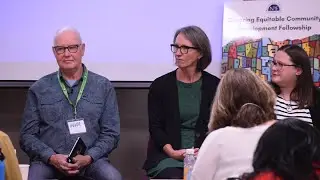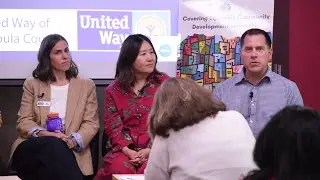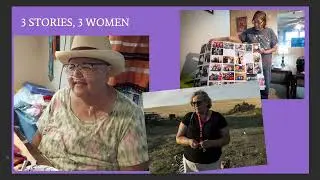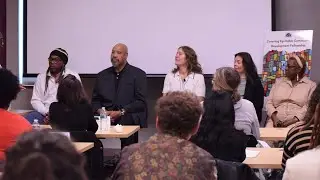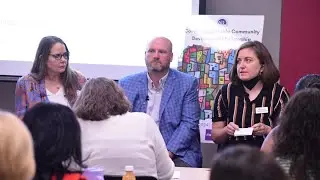United Way in Missoula Pivots to Housing
Charitable Funding for Community Development Requires Cooperation as Well as Cash. United Way Missoula County CEO Susan Hay Patrick, University of Montana's Damian Chase-Begaye and County Commissioner Josh Slotnick advise journalists about the critical role of collaboration in funding community development.
by Samantha Hooley, National Press Foundation
Since its inception in 1887, the United Way has cemented a reputation as a charitable organization that raises funds to address urgent community development concerns. But through the decades, as the organization grew in prominence and influence, so did concerns about how funds were used and who was involved in decision making.
“In Missoula, we had a lot of things that were still going wrong, and we weren’t really moving the needle in the right direction,” Susan Hay Patrick, CEO of United Way of Missoula County, told NPF Community Development fellows. “As I like to say, we were using a garden hose to fight things that really needed a fire hose.”
Hay Patrick said her organization pivoted after leadership accepted that grant-giving was not keeping up with community crises.
One of the organization’s cornerstone efforts is in the area of affordable housing and addressing homelessness. Hay Patrick cited United Way’s support for the Temporary Safe Outdoor Spaces program, which provides 30 individual hard-sided shelters and serves an average of 35-40 individuals onsite as they pursue housing opportunities.
Hay Patrick says being creative has helped extend the impact of monetary support.
“We have a Housing Solutions Fund, which has helped probably a few thousand Missoulians get or stay housed, a flexible fund that caseworkers can access to get their clients housed, or prevent them from falling into homelessness,” Hay Patrick said. “Things like first and last month’s rent, security deposit, a utility bill and arrears that shows up on their credit report. It’s a mighty little ‘engine that could’ funded with public and private sources.”
Josh Slotnick, a member of the Missoula County Board of Commissioners, lamented that Missoula has evolved from a community where employment at local mills and community businesses allowed artists and young families to thrive to a place where too many people can’t put down roots.
“Now if you want to buy a three bedroom, two bathroom house in Missoula, you’re looking at $620,000, $625,000, which is probably similar to the suburbs of Boston. So, Missoula has changed a whole lot. Used to be easy to be poor here. [Now] it’s impossible. You can’t.”
Slotnick credited Hay Patrick’s leadership for helping county officials shift their thinking about how to solve community problems.
“Our philosophy is everyone who approaches us – that’s another neighborhood group, a community group, a nonprofit, the state, the feds – all of them are potential allies. And absolutely we are responsible for providing essential services, and we are also responsible for gaining some headway, moving some little bit forward on intractable problems like housing, and homelessness, and wildfires, and climate. Yeah, that’s all our job too. Not that we’re going to get it done, but … we are absolutely going to get caught trying.”
Damian Chase-Begaye, a professor of social epidemiology at the University of Montana and former health director for the city of Missoula and the county public health department, told reporters that his mentor cautioned him that “if you’re not at the table, you’re on the table.” It has helped Chase-Begaye understand that residents in communities who don’t have a say in how charitable funds are utilized may not actually be benefitting from the largesse.
He referenced an experience he had working in Portland, Oregon, in which locals asked for funding for a tribal youth program but instead the United Way partnered with a housing program to repaint homes, which led to resident complaints.
“If they had included those people in the design, one, they wouldn’t need to be doing the repainting anyway. Two, that was what I call the ‘look good, feel good work.’ It was not the ‘do good work,'” he said.
Speakers:
Damian Chase-Begaye, Associate Research Professor, Social Epidemiology, University of Montana
Susan Hay Patrick, CEO, United Way of Missoula County
Josh Slotnick, Missoula County Commissioner, District 3
Summary, resources and transcript: https://nationalpress.org/topic/unite...
The Covering Equitable Community Development journalism fellowship was sponsored by the Robert Wood Johnson Foundation. The National Press Foundation is solely responsible for its content.
This video was produced within the Evelyn Y. Davis studios.
